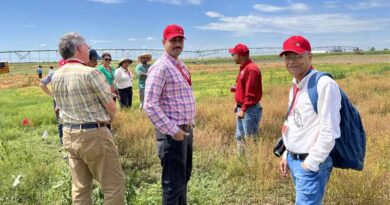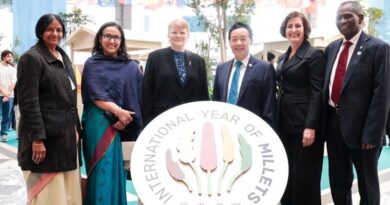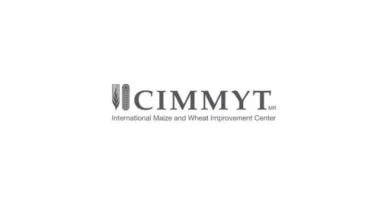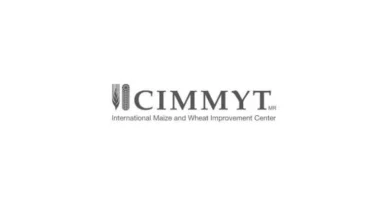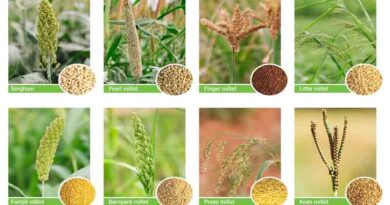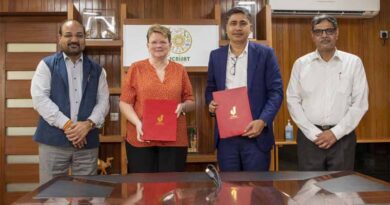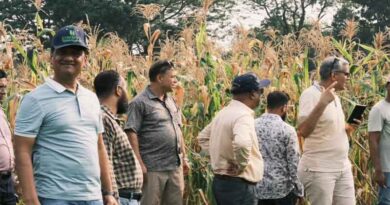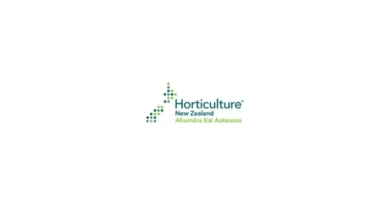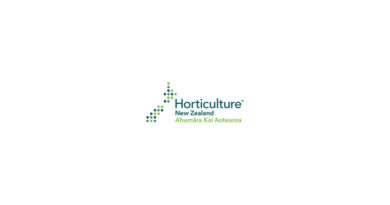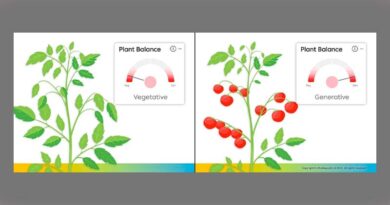Transforming Agriculture in Sub-saharan Africa: a New Dawn for Millet Production
05 July 2024, Africa: As the world grapples with climate change, resilient crops such as millets play an increasingly important role. Their ability to thrive in low soil fertility and limited moisture levels makes them ideal for Africa’s changing climate. However, despite their potential, it remains largely untapped.
In an initiative to address the untapped potential and the growing challenges associated with the cultivation of pearl and finger millets in Africa, a high-profile discussion convened experts from various fields. This session, part of a workshop titled “Bottlenecks to Expansion of Pearl and Finger Millets in Africa,” organized by the Bill & Melinda Gates Foundation in collaboration with the Senegalese Institute of Agricultural Research (ISRA) and CIMMYT, aimed to identify and prioritize key bottlenecks in crop improvement.
Significance of the International Year of Millets
The United Nations General Assembly declared 2023 the International Year of Millets to raise awareness of and direct policy attention to the nutritional and health benefits of millets and their suitability for cultivation under adverse and changing climatic conditions. The program highlighted the critical need to promote sustainable agriculture and enhance food security by adopting climate-resilient crops like millets, which play an important role in mitigating the effect of climate change, due to their adaptability to adverse and changing climatic conditions.
“We have been actively engaged in gathering input and support from all over the world, not just from Africa and Asia but also from regions like Latin America and Eastern Europe,” said Makiko Taguchi of the Food and Agriculture Organization (FAO). “This year has seen a surge in interest and collaboration in the millet community and we are excited about the possibilities that lie ahead,” she added.
National strategies to enhance millet production
In an effort to ensure food security and achieve production goals over the next five years in Senegal, a strategic plan encompassing various key initiatives will be implemented to meet the demands of millets.
Hamidou Diallo, from the Ministry of Agriculture, Rural Equipment, and Food Sovereignty of Senegal (MAERSA), summarized the strategy. First, is a focus on enhancing production and productivity. Second, the plan calls for the use of high-quality seeds and collaboration with ISRA to provide foundational seeds. Third, aiming to equip producers with the necessary tools and equipment. Last, the plan seeks to increase the overall cultivated area of millets.
“We align ourselves with the needs of the local community. By doing this, it ensures that the initiatives undertaken are not only impactful but also resonate with the agricultural landscape and the needs of the communities served,” said Diallo.
Innovative initiatives for the Dryland Crops Program
Kevin Pixley, director of the Dryland Crops Program (DCP) and Wheat Program director a.i. at CIMMYT, highlighted four initiatives in which the program is involved. One is the establishment of the Africa Dryland Crops Improvement Network, comprising national program scientists and led by the steering committee from Eastern and Southern Africa (ESA) and Western and Central Africa (WCA). Their mandate is examining investments in capacity development and infrastructure and shape breeding programs. Second, a legumes mining project at Colorado State University, focusing on genetic diversity and using big data tools to identify resilient traits. Third, working on gene editing projects such as reducing rancidity in pearl millets in countries that are open to these technologies. Last, the Vision for Adapted Crops and Soils (VACS) project, that will include millets as a prioritized crop. These initiatives are crucial for creating pathways to improve farmers’ livelihoods and popularize millets.
“Creating an effective pathway is critical to these approaches. We need to find innovative ways to reach more farmers with options to improve their livelihood and popularize millets across different market segments,” said Pixley.
CIMMYT’s program on Dryland Crops is at the forefront to improving breeding and seed systems, with the aim to improve the livelihoods of small-scale producers and consumers of these crops in sub-Saharan Africa.
Aware of the changing needs of the global community, CIMMYT has begun on a journey to advance research and broaden its impact by implementing the Dryland Crops Program. This approach is based CIMMYT’s 2030 Strategy, which has the potential to shape the future of agriculture as a catalyst of climate resilience, sustainable and inclusive agricultural development, and food and nutrition security.
The program is critical in promoting climate resilience, sustainable agricultural practices, and food and nutrition security in sub-Saharan Africa. CIMMYT is working on dryland crops like millets and legumes, which have untapped potential for contributing to food security, particularly in climate-vulnerable regions.
Research and innovative labs
Geoff Morris from Colorado State University shared insights on the recently concluded United States Agency for International Development (USAID) Innovation Lab on Sorghum and Millets. This activity spanned the entire value chain from trait discovery to breeding program support to the development of value-added products. The most successful projects, in his opinion, were those led by African-based scientists.
“It is essential for Africa scientists to be in the driver sear to ensure that research agenda aligns with their needs,” he said. “There is a gap in knowledge not about what we know here but about what U.S. researchers know about supporting African breeders. It’s crucial for researchers to define the needs to guide effective collaborations,” said Morris.
Pioneering role in millet sector growth
The International Crops Research Institute for the Semi-Arid Tropics (ICRISAT) has contributed significantly to driving growth in the millet sector, including innovation generation and knowledge sharing. Damaris Odeny, ICRISAT India, highlighted the organization’s contributions particularly in the agri-business incubation platform. The platform serves as a bridge, identifying suitable technologies to specific regions and supporting local entrepreneurs in deploying these technologies to reach smallholder farmers. While the model has been successful in India, its adoption in Africa has been slower, owing to regional differences and varying levels of investments.
The Feed the Future Innovation Lab for Crop Improvement, managed by USAID and Cornell University efforts in fostering regional collaborations funds a center for innovations across regions, fostering regional collaborations that are critical for sharing knowledge and resources, benefiting not only regions within Africa but also further afield.
“Moving forward, we should align these initiatives and identify synergies to maximize their impact. This approach will encourage greater engagement and the adoption of innovative solutions at the local level,” said Odeny.
The path forward for millets in Africa and beyond is not only promising but essential for addressing issues of food security, climate resilience, and sustainable development. This can be accomplished by aligning these initiatives with global sustainability goals and focusing on innovative, collaborative efforts.
Changing the narrative through communication
Turning to the power of communication, Douglas Gayeton, co-founder of The Lexicon emphasized the role of effective messaging in changing people’s perceptions of millets.
“When consumers understand what they are purchasing and how it aligns with their values, they can make informed decisions that benefit the entire food system,” said Gayeton.
He also underscored the importance of changing the narrative around millets. He emphasized the importance of shifting away from terms like ‘neglected’ and ‘orphaned’ crops to more positive empowering language that resonates with consumers and policy makers.
“In order to change the food system, we must provide consumers with information at the point of purchase that applies to their values. By linking that benefit to consumer values, this approach has the potential to significantly expand millet markets,” said Gayeton.
The discussions highlighted the valuable lessons to be learned from the efforts to enhance millet utilization in Africa and other regions. The collaboration across various sectors, from government to research institutions and the private sector, highlights the multifaceted approach in addressing the challenges facing millet cultivation and utilization. Recognizing the significance of local engagement and the empowerment of local scientists underscores a crucial lesson: solutions need to be tailored to the specific context, utilize local knowledge, and address local needs to ensure sustainability. In addition, the significant impact of communication in reshaping perceptions about millets demonstrates the importance of storytelling in shaping consumer behavior and policy.
(For Latest Agriculture News & Updates, follow Krishak Jagat on Google News)
(+80 Million Farming Audience Visits Krishak Jagat’s Hindi Website – Click Here for Website)


